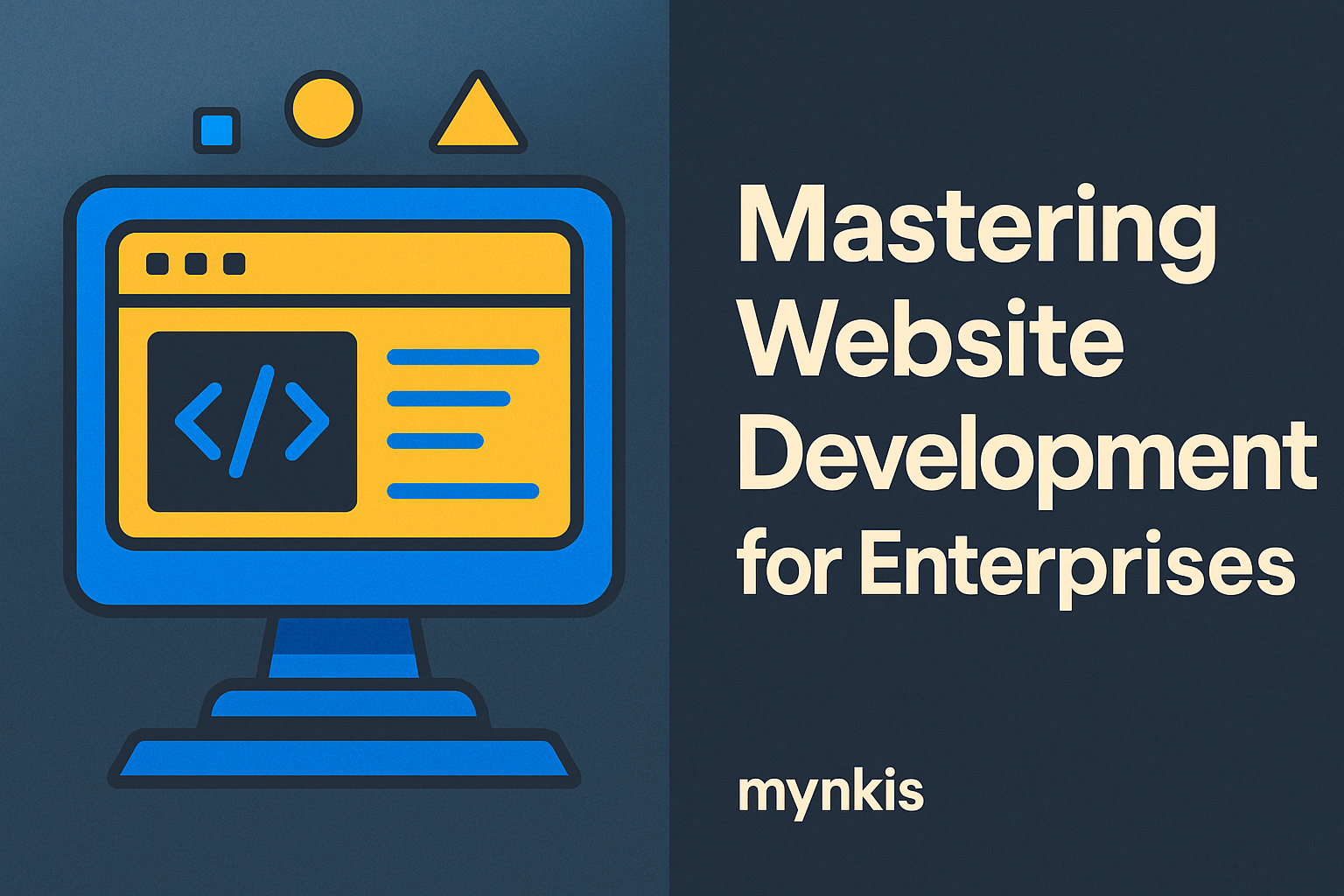Schedule a Demo
The journey of developing a custom enterprise website begins with an initial consultation. I've seen firsthand how critical this phase is – it sets the tone for everything that follows. During this stage, you outline your business goals, discuss target audiences, and delve into the specifics of what the website needs to achieve. From my experience, having a clear understanding here helps in aligning expectations and crafting a tailored solution that genuinely meets your needs.
Once the consultation sets the stage, the next step is defining the project's scope and specifications. This is where the rubber meets the road. We're talking about everything from the type of content management system (CMS) you'll use to the specific functionalities required. A detailed specification document becomes your blueprint. Trust me, getting this right prevents a lot of headaches down the line.
User experience (UX) design is where we start to bring your vision to life. This stage focuses on creating a seamless and intuitive interface for your users. I've noticed that successful enterprises prioritize UX because it directly impacts user engagement and satisfaction. Through wireframes and mockups, you can start visualizing the flow and layout of your site, ensuring every element serves a purpose and enhances the user journey.
Once the UX is locked in, visual design steps into the spotlight. This is where the site's aesthetics come to life. From color schemes and typography to images and iconography, visual design sets your brand apart. I often hear from clients that this phase is exciting because they start to see their website take shape. It's more than just looking good; it's about aligning with your brand identity and creating a memorable impression.
Front-end development transforms your designs into a functional website. It's the coding that brings your visual elements to life. Based on available research, using modern frameworks like React or Vue.js can significantly enhance the site's performance and scalability. In this phase, developers ensure that the site is responsive and works seamlessly across different devices and screen sizes, which is crucial in today's mobile-first world.
The back-end development phase is about creating the engine that powers your website. This includes server-side logic, databases, and application integration. From my experience working with enterprise solutions, securing robust back-end development ensures that your website can handle complex functionalities and large volumes of data efficiently. Whether it's integrating with existing systems or setting up secure payment gateways, this stage is vital for long-term success.
Quality assurance (QA) and testing are non-negotiable in the world of website development. You need to ensure that your site is free from bugs and performs flawlessly. QA teams run extensive tests, from functionality to performance and security. I've found that thorough testing not only prevents costly mistakes but also boosts user trust and satisfaction. Remember, individual results may vary, and it's important to adjust your QA strategy based on project complexity and specific requirements.
Before launching your website, it's essential to conduct user acceptance testing (UAT). This stage allows key stakeholders and actual users to test the site in a real-world scenario. In my experience, UAT provides valuable feedback that can lead to crucial last-minute refinements. It's about ensuring that the final product meets your expectations and is ready to face the public eye.
Deployment and launch mark the moment of truth. It's when your custom enterprise website goes live, and everything you've worked on becomes accessible to the world. The technical team manages the deployment process, ensuring minimal downtime and a smooth transition. From my experience, a well-executed launch not only celebrates the completion of a project but also sets the stage for future success and improvements.
The journey doesn't end at launch. Post-launch monitoring and maintenance are crucial for keeping your website in peak condition. I've learned that regular updates, security patches, and performance optimizations are essential for maintaining user satisfaction. Think of it as ongoing care for your digital asset, ensuring it continues to deliver value and perform at its best.
Evaluating your website's performance is key to its long-term success. By tracking metrics like user engagement, conversion rates, and load times, you can identify areas for improvement. Based on my experience, successful enterprises don't just build websites; they evolve them. Iterative improvements based on data-driven insights ensure that your website remains relevant and effective in meeting your business goals.
SEO and content strategy play a pivotal role in your website's success. A well-optimized site increases visibility and drives organic traffic. I've seen many enterprises leverage content marketing to not only attract visitors but also engage and educate them. From keyword research to regular content updates, your strategy should align with your overall business objectives and audience needs.
Leveraging analytics tools can provide a wealth of strategic insights. I've used platforms like Google Analytics to monitor user behavior, identify trends, and adjust strategies accordingly. This data-driven approach helps in making informed decisions about where to focus your efforts and how to optimize your website for better performance and user experience.
As your business grows, your website must be able to scale with it. Planning for future scalability from the outset ensures that your platform can handle increased traffic and additional functionalities. In my experience, scalable solutions not only support your growth but also protect your investment in custom software development.
Ongoing collaboration with your development team is vital. Whether it's for updates, new features, or troubleshooting, maintaining a strong relationship with your developers keeps your website dynamic and responsive to your evolving needs. I've found that businesses that invest in this partnership reap long-term benefits in the form of a website that continually evolves to meet their strategic goals.
